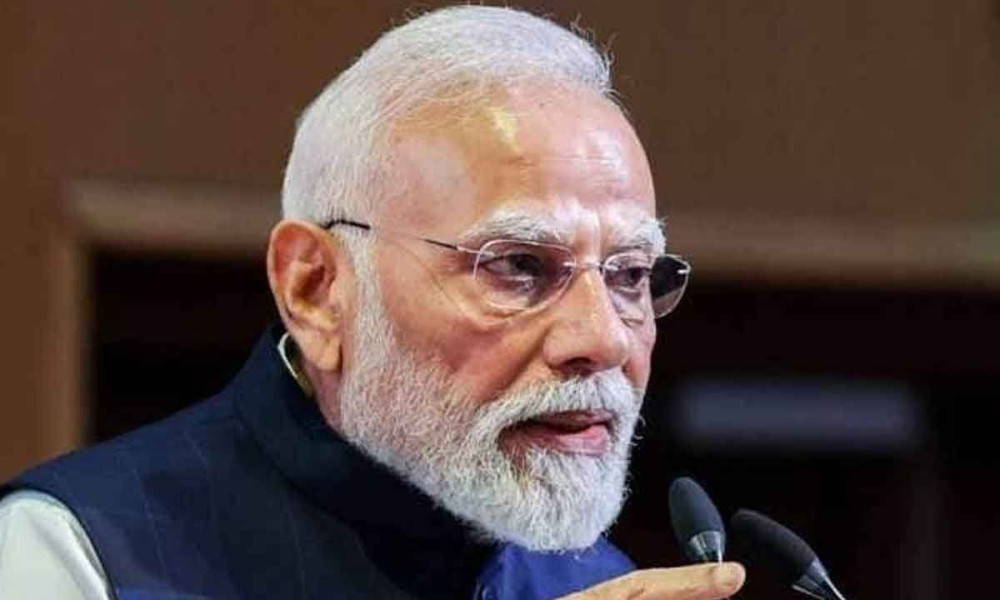Prime Minister Narendra Modi is set to unveil transformative youth-focused initiatives today. These efforts, valued at over Rs 62,000 crore, aim to boost education, skilling, and entrepreneurship nationwide. The government describes this as a landmark step for youth development.
A major highlight is the PM-SETU scheme, backed by Rs 60,000 crore in funding. This centrally sponsored program will upgrade 1,000 government ITIs using a hub-and-spoke model. It includes 200 hub ITIs and 800 spoke ITIs for comprehensive coverage.
Each hub will connect to an average of four spokes, forming efficient clusters. These clusters will feature advanced infrastructure and modern trades. Digital learning systems and incubation facilities will be integral parts.
Anchor industry partners will manage the clusters to ensure outcome-based skilling. This approach aligns training with current market demands. The goal is to make skilling more relevant and effective.
Hubs will host innovation centres and training-of-trainers facilities. They will also include production units and placement services. This setup ensures holistic support for students.
Spoke ITIs will focus on expanding access to quality education. They will bring skilling opportunities to more regions. This structure aims to bridge gaps in vocational training.
PM-SETU will transform India’s ITI ecosystem into a government-owned, industry-managed model. Global co-financing from the World Bank and Asian Development Bank adds international support. This collaboration enhances the scheme’s reach and impact.
The first phase will prioritize ITIs in Patna and Darbhanga, Bihar. This targeted approach ensures focused development in key areas. It sets the stage for nationwide rollout.
Additionally, 1,200 vocational skill labs will be inaugurated in 400 Navodaya Vidyalayas and 200 Eklavya Model Residential Schools. These labs span 34 states and Union Territories. They bring practical training to diverse student populations.
Students in remote and tribal areas will benefit from hands-on training. The labs cover 12 high-demand sectors like IT, automotive, and agriculture. This prepares youth for real-world job markets.
Electronics, logistics, and tourism are also included in the training sectors. Such diversity ensures broad skill development. Students can explore various career paths.
The empowerment initiatives reflect a strong commitment to youth advancement. By integrating education with industry needs, the programs foster employability. They empower young Indians to thrive in a competitive economy.
This massive investment underscores the government’s focus on youth empowerment. It aims to create a skilled, confident workforce. The initiatives promise a brighter future for millions.
With these steps, India moves closer to realizing its demographic dividend. The emphasis on skilling and entrepreneurship unlocks potential. Youth empowerment remains at the heart of this transformative effort.


